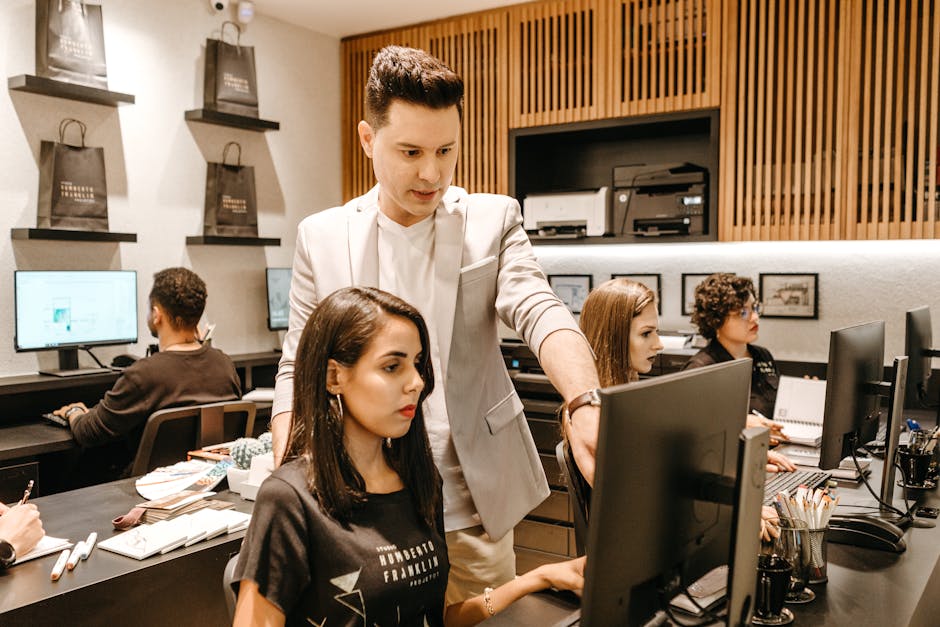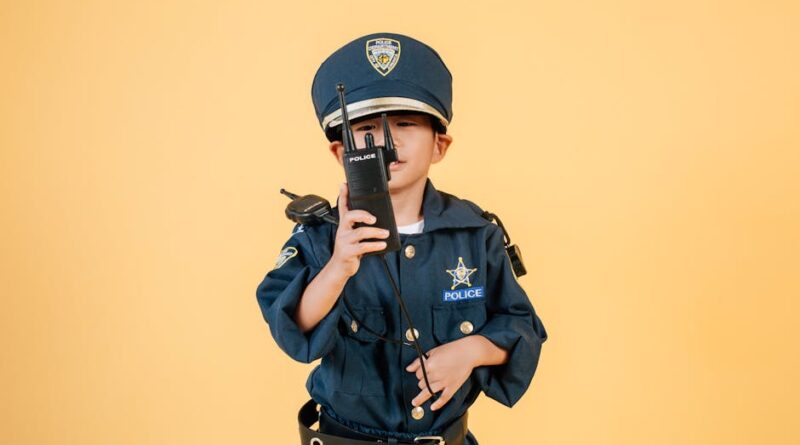The Role of Animations in Modern Themes
Animations have become an integral part of modern themes, whether in movies, video games, websites, or even social media. The dynamic nature of animations captures our attention, conveys emotions, and enhances storytelling in ways that static images or text alone cannot achieve. In this article, we will delve into the significance of animations in modern themes, exploring their evolution, applications, and impact on various aspects of our lives.
Evolution of Animations

Animations have a rich history dating back to the early 20th century when traditional hand-drawn animations like Walt Disney’s iconic characters such as Mickey Mouse and Donald Duck captivated audiences worldwide. Over the years, advancements in technology have revolutionized the animation industry, leading to the development of computer-generated imagery (CGI), 3D animation, and motion graphics.
Today, animations have transcended traditional mediums and are seamlessly integrated into various modern themes, from animated movies like Pixar’s “Toy Story” to interactive websites and mobile apps. The evolution of animations has opened up a world of possibilities for creators to tell compelling stories, engage audiences, and evoke emotions through visual storytelling.
Applications of Animations in Modern Themes

Animations play a crucial role in modern themes across different industries, including entertainment, advertising, education, and technology. Let’s explore some of the key applications of animations in these domains:
Entertainment
In the entertainment industry, animations are used to bring fictional worlds to life, create memorable characters, and transport audiences to fantastical realms. Animated movies, TV shows, and video games rely on animations to immerse viewers in captivating stories and visually stunning environments.
For example, the success of animated films like “Frozen” and “The Lion King” demonstrates the widespread appeal of animations in entertaining and engaging audiences of all ages. Animations have the power to evoke emotions, inspire creativity, and leave a lasting impact on viewers long after the credits roll.
Advertising
In the realm of advertising, animations are used to grab attention, convey brand messages, and create memorable experiences for consumers. Animated commercials, social media ads, and website banners leverage the dynamic nature of animations to communicate complex ideas in a visually appealing and engaging manner.
Animated mascots like the Geico Gecko and the Pillsbury Doughboy have become iconic symbols of their respective brands, showcasing the effectiveness of animations in building brand identity and connecting with consumers on a personal level. Animations in advertising help companies stand out in a crowded marketplace and leave a lasting impression on their target audience.
Education
In the field of education, animations are used to simplify complex concepts, enhance learning experiences, and engage students in interactive lessons. Educational videos, e-learning modules, and digital textbooks leverage animations to make learning more engaging, interactive, and accessible to learners of all ages.
For instance, platforms like Khan Academy and TED-Ed use animations to explain scientific phenomena, historical events, and mathematical concepts in a visually compelling and easy-to-understand manner. Animations in education help students retain information, foster curiosity, and make learning a fun and immersive experience.
Impact of Animations on Modern Themes

The impact of animations on modern themes is far-reaching, influencing how we consume media, interact with technology, and perceive the world around us. Let’s explore some of the key ways in which animations have shaped modern themes:
Engagement
Animations have a unique ability to capture and maintain audience attention, whether in a movie theater, on a website, or in a mobile app. The dynamic and visually appealing nature of animations makes them highly engaging and interactive, encouraging users to explore content, interact with elements, and stay entertained for longer periods.
For example, animated website banners, interactive infographics, and motion graphics in video games draw users in with their vibrant visuals and engaging animations, prompting them to click, scroll, and explore further. Animations enhance user engagement, increase dwell time, and improve the overall user experience in various digital platforms.
Emotional Connection
Animations have the power to evoke emotions, create empathy, and establish a strong emotional connection with audiences. Whether through expressive character animations, poignant storytelling, or immersive environments, animations can elicit a wide range of emotions, from joy and laughter to sadness and awe.
For instance, animated films like “Inside Out” and “Coco” resonate with viewers on an emotional level, exploring complex themes of love, loss, and identity through colorful characters and heartfelt storytelling. Animations help creators convey nuanced emotions, build empathy with audiences, and forge lasting connections that transcend language and cultural barriers.
Brand Identity
Animations play a crucial role in shaping brand identity, conveying brand values, and establishing a recognizable visual language for companies. Animated logos, mascots, and brand characters help businesses differentiate themselves in a competitive market, create a memorable brand image, and connect with consumers on a personal level.
For example, the playful animations of the Airbnb logo, the whimsical storytelling of the Coca-Cola polar bears, and the dynamic visuals of the Nike swoosh have become synonymous with their respective brands, reinforcing brand identity and fostering brand loyalty among consumers. Animations in branding help companies stand out, build trust, and create a lasting impression in the minds of consumers.
Future Implications of Animations in Modern Themes

As technology continues to advance and creative boundaries are pushed, the future implications of animations in modern themes are vast and exciting. Let’s explore some potential trends and developments that may shape the landscape of animations in the years to come:
Augmented Reality (AR) and Virtual Reality (VR)
The rise of augmented reality (AR) and virtual reality (VR) technologies presents new opportunities for animations to create immersive, interactive experiences in modern themes. AR and VR applications, games, and experiences leverage animations to blur the lines between the physical and digital worlds, transporting users to virtual environments and enhancing their reality.
For example, AR filters on social media platforms like Instagram and Snapchat use animations to overlay digital effects onto the real world, allowing users to transform their surroundings, try on virtual outfits, and interact with animated characters in real-time. VR games and experiences like “Beat Saber” and “Job Simulator” use animations to create lifelike environments, realistic interactions, and unforgettable moments for players.
Interactive Storytelling
Interactive storytelling is a burgeoning trend that combines animations, gamification, and user participation to create dynamic and personalized narratives in modern themes. Interactive videos, web experiences, and mobile apps use animations to engage users in decision-making, branching storylines, and interactive elements that shape the outcome of the narrative.
For instance, Netflix’s interactive film “Black Mirror: Bandersnatch” allows viewers to choose their own adventure, making decisions for the protagonist and influencing the plot through animated sequences and interactive prompts. Interactive storytelling blurs the line between passive consumption and active participation, offering audiences a sense of agency and control over the narrative.
AI-Driven Animations
Artificial intelligence (AI) and machine learning technologies are increasingly being used to generate animations, automate animation processes, and enhance the realism and efficiency of animations in modern themes. AI-driven animations can analyze motion data, predict user behavior, and generate lifelike animations that adapt to user inputs and preferences.
For example, AI-powered chatbots, virtual assistants, and digital avatars use animations to communicate with users, express emotions, and provide personalized interactions based on user data and feedback. AI-driven animations have the potential to revolutionize how animations are created, personalized, and integrated into various digital experiences, making them more responsive, adaptive, and engaging for users.
Conclusion
Animations play a pivotal role in modern themes, enriching storytelling, enhancing user experiences, and shaping brand identities across different industries. From entertainment and advertising to education and technology, animations have become indispensable tools for engaging audiences, evoking emotions, and establishing meaningful connections with users.
As technology continues to evolve and creative boundaries are pushed, the future implications of animations in modern themes are vast and promising. Augmented reality, interactive storytelling, and AI-driven animations are just a few examples of how animations are poised to revolutionize how we consume media, interact with technology, and experience the world around us.
Whether in movies, video games, websites, or social media, animations have the power to captivate, inspire, and delight audiences of all ages. The dynamic and visually compelling nature of animations makes them a versatile and powerful medium for storytelling, brand communication, and user engagement in the digital age.
Long story short, animations have the ability to transcend language barriers, cultural differences, and geographical boundaries, making them a universal language that speaks to the hearts and minds of audiences around the world. In a world where attention spans are shrinking and visual content is king, animations have emerged as a powerful tool for creators, marketers, and storytellers to convey complex ideas, evoke emotions, and create lasting connections with their audiences.




